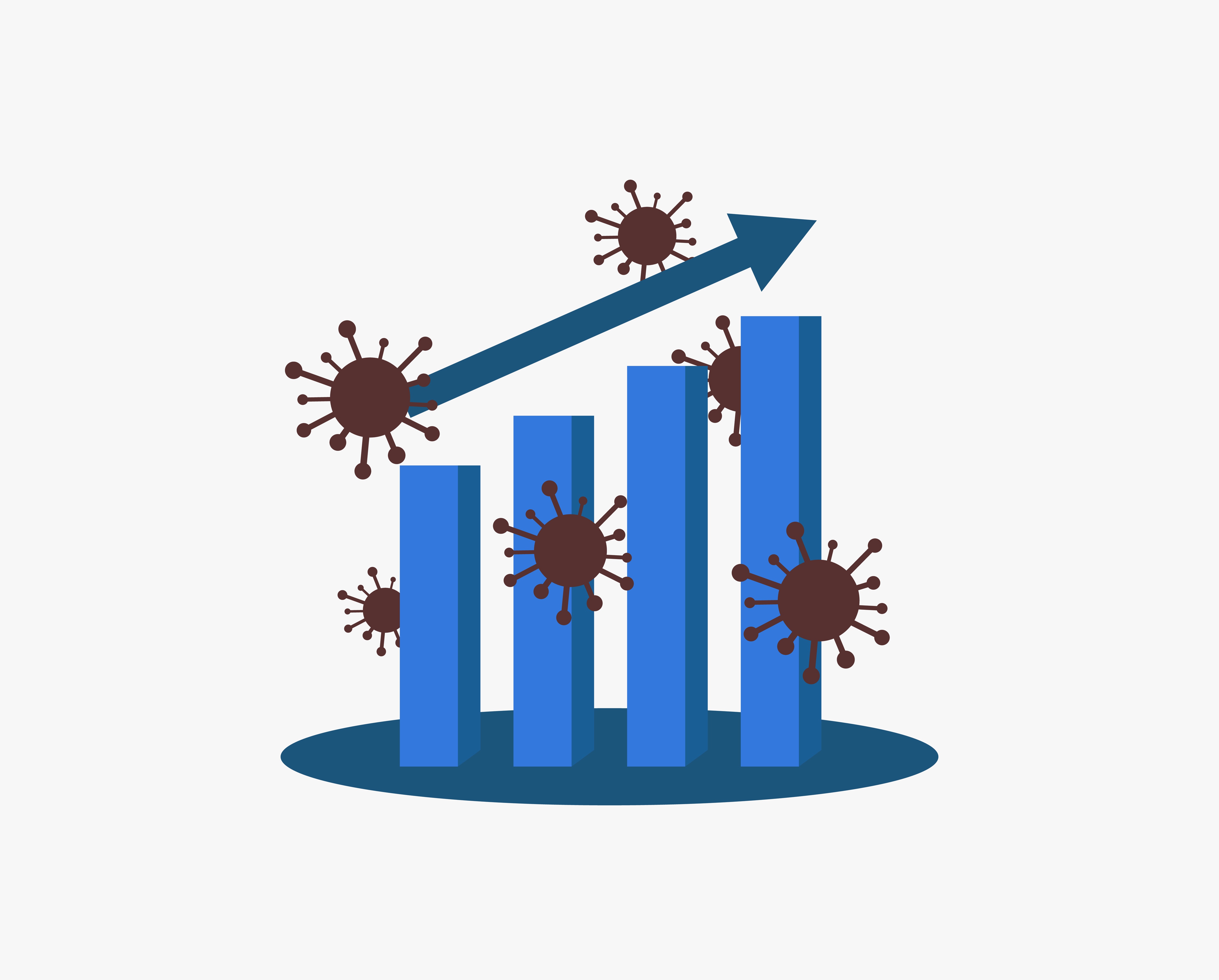Modelling the next pandemic: Infectious disease data and analytics
In this IIL cyber, technology and innovation webinar, Jaclyn Guerrero and Cathine Lam discussed the available data and analytical tools to quantify the risk of infectious disease outbreak events.
Pandemics are often described as a risk without history. However, pandemics are ingrained in human history, and the impacts of these events and the importance of managing this risk has become increasingly apparent, especially in light of the COVID-19 crisis. Yet, this risk is challenging to quantify. Current methods for assessing pandemic risk are typically based on observational data, which is often sparse and incomplete. However, observational data is necessary not only to understand this type of risk but also parameterise infectious disease models that can help fill in the gaps in observational data.
Global infectious disease models allow us to simulate spatiotemporal dynamics of hypothetical pandemic scenarios. These models can help to provide a clearer picture of potential pandemic risk. Stochastic epidemic models can be used to simulate millions of pandemics, with varying initial parameters and differing availability and efficacy of intervention measures. Probability distributions of model parameters such as spark location, transmissibility, and case-fatality ratio can be derived through analysis of historical data and primary literature. From these millions of simulations, an event catalogue is created by selecting simulated events using a sampling algorithm that accounts for the joint probability of each parameter combination for each scenario and the interarrival time distribution between pandemics. The event catalogue can then be used to generate exceedance probability metrics, which estimate the likelihood of observing an event of a given severity (e.g., expected deaths), or worse, in any given year.
Probabilistic modelling and stochastic simulations can be a powerful tool to quantify pandemic risk. A comprehensive understanding of pandemic risk will enable governments and organisations to make informed decisions about preparedness planning and mitigation strategies.
By the end of this webinar members would have gained an insight into:
- The history of epidemics and pandemics and the importance of observational data in understanding infectious disease risk
- How infectious disease modelling can be used to fill in the gaps in observational data and quantify the risk of infectious diseases
- Actuarial methodology that is used to assess frequency and severity of epidemics and pandemics
Venue
- Online event
Booking information:
You will be sent a confirmation email shortly after booking. If you have not received this within one hour, please contact Patricia Pedraza (020 7397 3911).
CII Accredited
This demonstrates the quality of an event and that it meets CII member CPD scheme requirements.
1 hour's CPD can be claimed for this event if relevant to your learning and development needs.
It is recommended that you keep any evidence of the CPD activity you have completed and upload copies to the recording tool as the CII may ask to see this if your record is selected for review. Details of the scheme can be viewed online at www.cii.co.uk/cpd.

